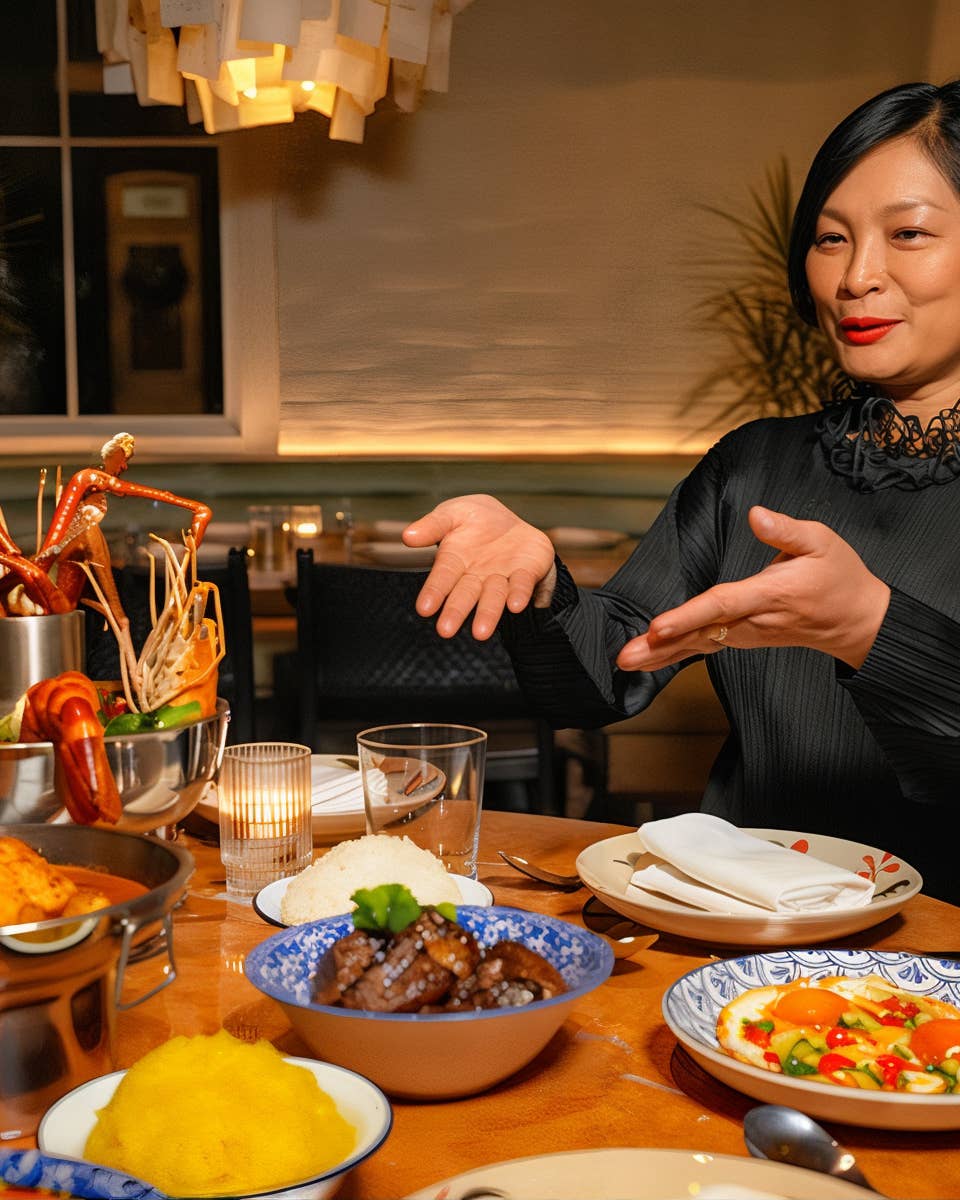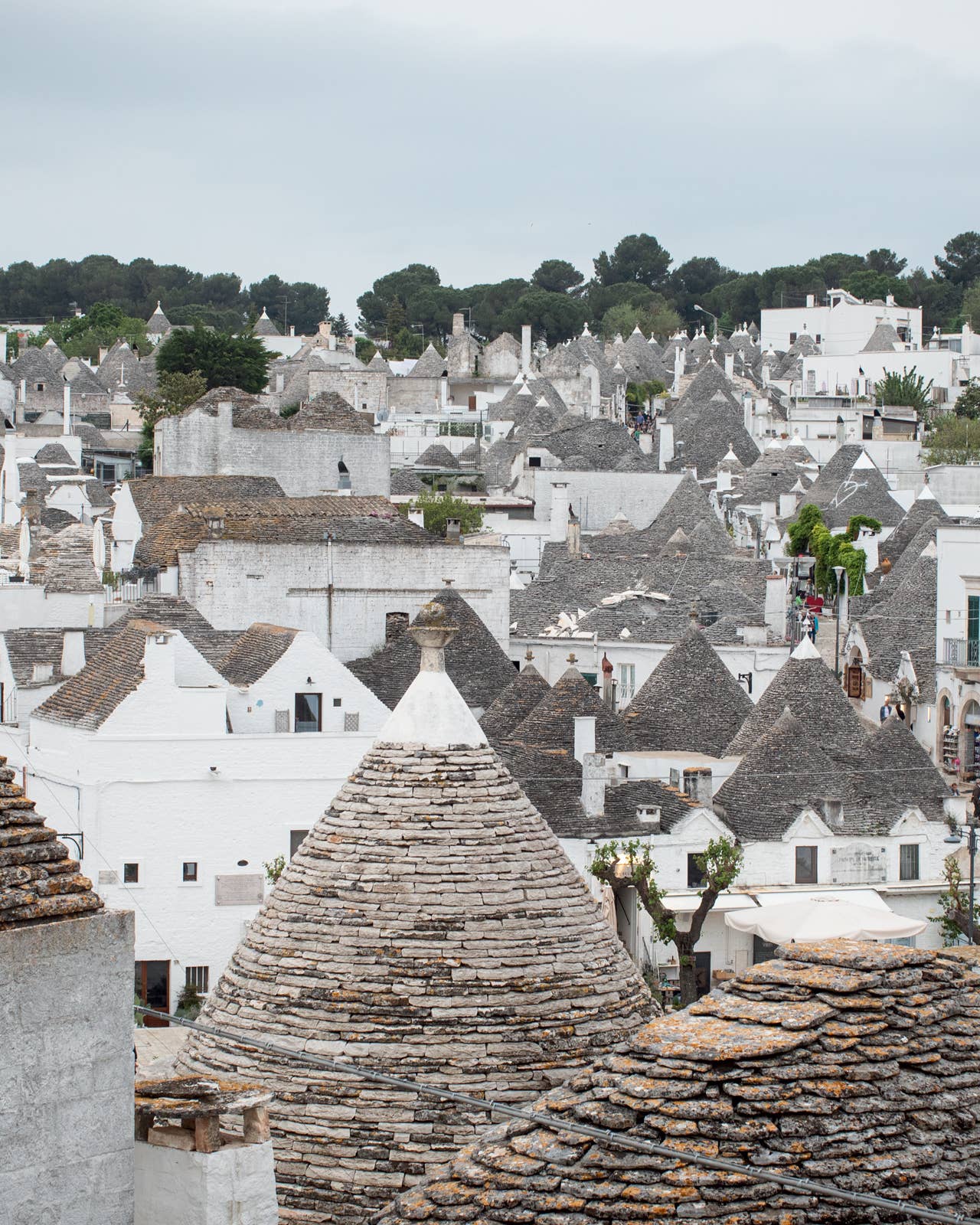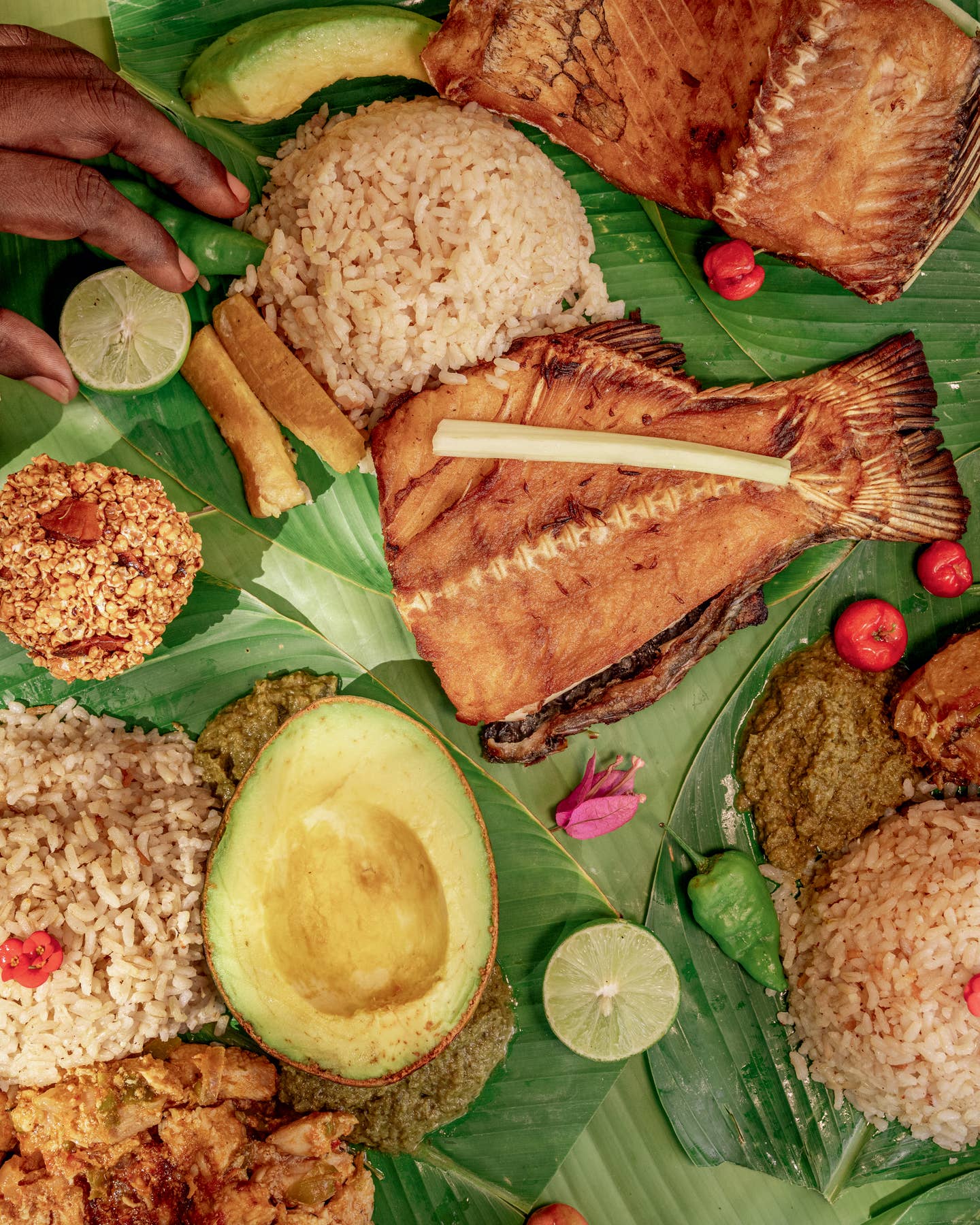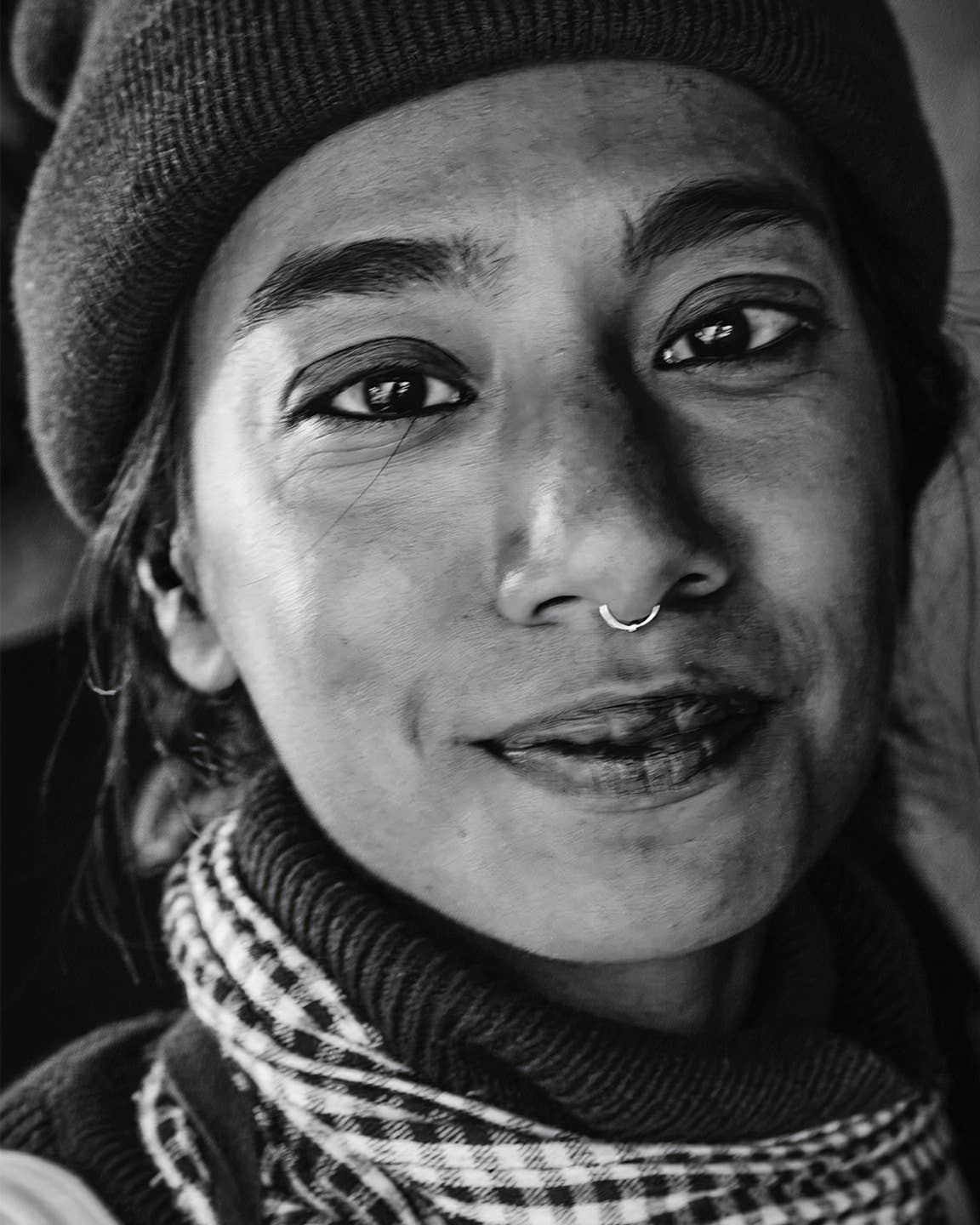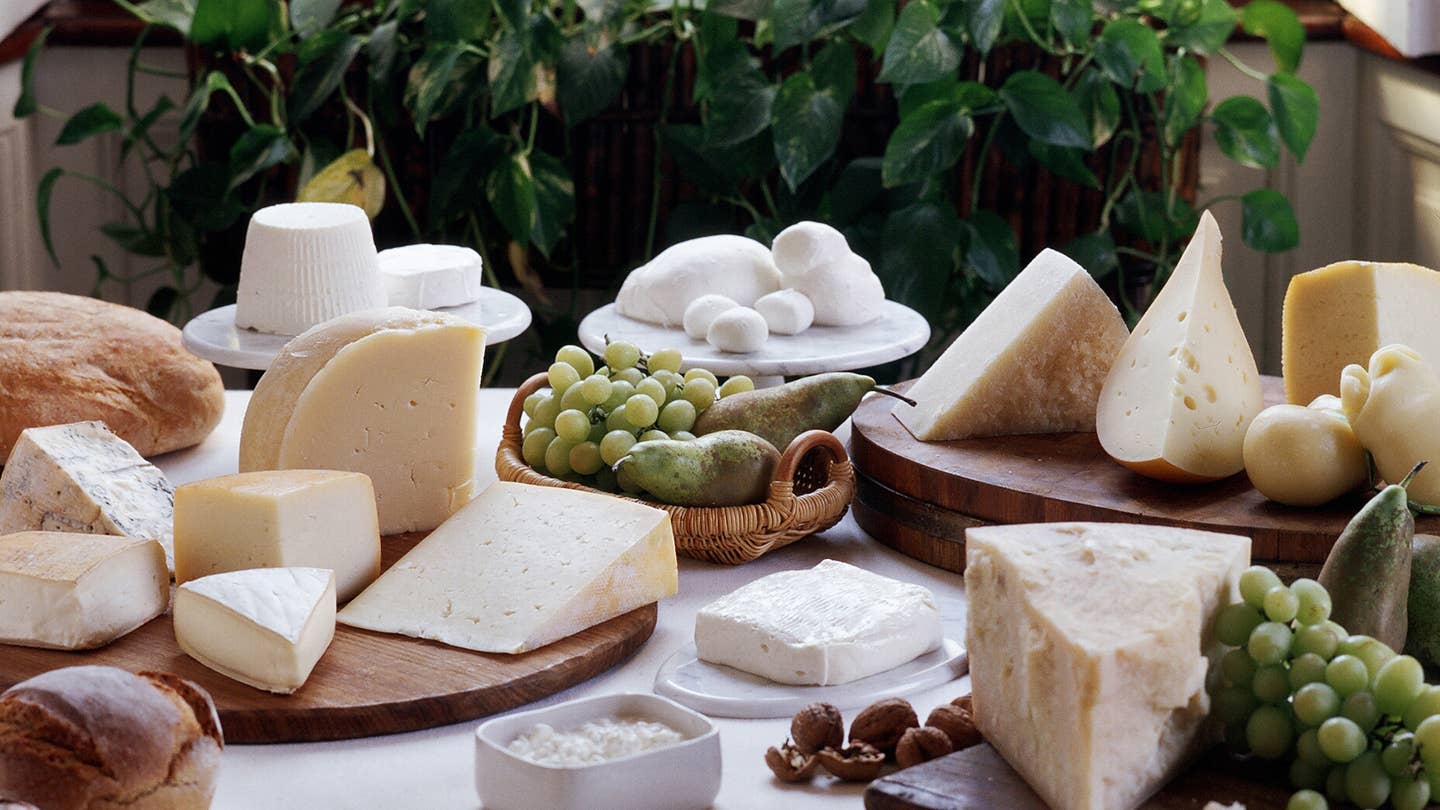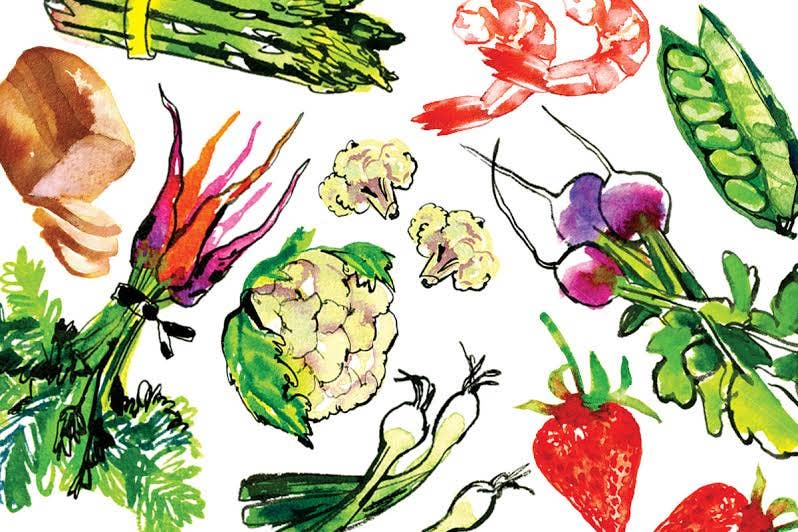
The Capital of Beef
Vicente Monte and Jose Maria Gallardo are dressed for work: tattered boots; hats, one black and flat with a broad, stiff brim, the other floppy, the color of putty; big slouchy pants, called bombachas; and red ponchos with black trim. (Every province in Argentina has its own poncho design, and these link Gallardo and Monte to Salta, in the country's far northwestern corner.) Their faces are weathered and wrinkled, their eyes deep and dark, their hands calloused. Each carries a long, sharp, elegantly curved knife, a facon, tucked into his belt against the small of his back.
Gallardo and Monte are gauchos—Argentine cowboys—working at the legendary El Bordo de las Lanzas in Salta, a 400-year-old estancia, or ranch, shadowed by the Andes. They are remnants of a bygone era. The original gaucho appeared on the scene some time after Spanish colonization began in the early 16th century. He was mestizo—part Spanish, part Indian—a fiercely independent figure who made his living killing wild steers and selling the hides, tallow, and charque, or sun-dried beef, that the animals yielded. This gaucho thrived until the mid-19th century, when the country was in turmoil, at war with itself as well as with its Indians. The native populations were eventually wiped out, their land divvied up, and the gaucho tamed. He became a farmhand—penned in, more or less, like his wild cattle. He adapted.
Surrounded by ruminating cattle, Monte scouts out a spot for a fire, and Gallardo heads into a patch of trees. After some shuffling and rustling and a few sweeps of his knife, Gallardo returns with an armful of dead wood and two green branches. He arranges the wood and lights a fire. The gaucho is never without matches and salt and, at least in thisterritory, coca (fresh leaves from the cocaine plant, which are chewed like tobacco and have—surprisingly—only a mildly stimulating effect). Gallardo takes his knife to the branches, turning one into a four-foot skewer and the other into a couple of slingshot-shaped supports. The sun drops. The flames burn down. Monte works a wad of coca in his cheek. When the fire is nothing but glowing ash, Monte retrieves his saddlebag and pulls out a plastic bag of salt and three loosely wrapped pieces of beef. Placing one thick steak and two narrow strips of meaty ribs on the burnished leather, he seasons the flesh with salt, threads it all onto the skewer,and perches it on the supports near the heat.
The beef sizzles and sweats, and fat beads up on the surface and drips to the ground. Occasionally the skewer is turned. When Gallardo believes the meat to be sufficiently seared on the outside and properly cooked on the inside, he pulls off a strip and slices between the bones. Then he cuts off chunks of the steak, balances the pieces on the blade of his knife, and passes them around. The meat, juicy and chewy with a crisp, salty crust, is intoxicating, everything a proper steak should be. This is roasted meat in its purest form.
Argentina has an unrestrainedly carnivorous culture, and scenes like this one—open range, South American cowboy, makeshift barbecue—are at the root of the tradition. ''The gaucho,'' Charles Darwin noted in the 1830s, ''for months together, touches nothing but beef.'' The Argentine diet has since evolved, but Argentines still eat a substantial amount of beef. Annual consumption hovers at around one hundred thirty pounds per capita—more than twice that of the United States. Beef appears on the average Argentine table several times a week, often breaded and fried as milanesa or rolled, stuffed, cooked, and sliced as matambre (literally, ''hunger killer''), but also in the form of puchero, a beef and vegetable stew; carbonada criolla, a stew sweetened with peaches and served in a pumpkin; and locro, a soup thickened with beans and hominy. Beef is also found inside tamales, beneath mashed potatoes in pastel de papa, and with raisins, olives, and eggs in the ubiquitous empanada. Argentines even sometimes drink jugo de carne—meat juice—pressed from a freshly boiled piece of beef. Nobody in the world eats beef like Argentines eat beef; nobody talks about it with quite the same enthusiasm, either. At the mention of the subject, eyes widen, hands pat bellies, moans rise up. It is a passionate subject for a passionate people.
Beef, as all Argentines know, is never better than when straight off the parrilla, or ''grill'', at an asado. Asado _means ''roast meat''—and also the social occasion that centers around the roasting. Asados are the country's holiday ritual and Sunday feast, and they can range from simple—Gallardo and Monte's impromptu version—to elaborate, involving slabs of ribs, flanks of beef, and occasionally (for beef isn't the only meat Argentines eat) whole lambs, kids, and/or pigs, all impaled on iron rods and tilted over a fire. There's even asado con cuero, an atypical country tradition in which an entire half of an animal is cooked with its hide (_cuero) over embers in a pit, then served in chunks, hide intact, with an incongruous vinaigrette.
In a more representative, less savage (which is not to say less gluttonous) asado, the meal typically begins with chorizos (sausages made of either pork, or pork and beef) and rich morcilla (blood sausage). These are followed by an assortment of achuras, or variety meats (sweetbreads, intestines, kidneys, even udders), and then by steaks—multiple steaks. Everybody eats a little of this, a little of that. All meats are served hot, no small feat for the parrillero—the man (and it is always a man) tending the grill. Essential accompaniments are chimichurri, a pungent steak sauce; bread; lettuce salad; and salsa criolla, which is more like a tomato salad than a relish. Other side dishes can include carrot-raisin salad, marinated vegetables, and beans. Dessert is usually a nonissue—maybe fruit or ice cream.
One would think that with a coastline stretching nearly 2,200 miles, and with large Spanish and Italian populations, Argentina would have cultivated a more varied gastronomic tradition. But as one Argentine restaurateur in New York City warned me, ''There is no Argentine cuisine. It is just beef.'' Maybe the Argentines' appetite for meat has to do with the fact that it is so plentiful and cheap: Ten dollars will buy all the beef you can eat, not to mention fries, salad, soda, and dessert, at Siga la Vaca—that's ''Follow the Cow''—outside Buenos Aires and one of the country's hundreds of parrillas, casual restaurants specializing in steaks and barbecue. Or maybe the country's beef consumption is simply a reflection of the quality of its beef. Federico Zorraquin Jr., CEO of Garovaglio & Zorraquin, the largest meat producer and exporter in Argentina, talks about the factors that make Argentine beef so good: a long-standing tradition of raising and improving British cattle breeds, rejection (in theory, at least) of feedlots and growth hormones, and, above all, the great sweeps of grassland that nourish the Argentine steer—1.7 miles, on average, per animal. Feeding cattle on grass makes it far leaner than its grain-fed American counterpart (which could explain why Argentina's rate of heart disease is no greater than America's)—yet even without flavor-enhancing marbling, Argentine beef is surprisingly tender and flavorful when properly cooked. Zorraquin also describes it as gamier. According to more than one Argentine beef-aficionado, it tastes like what American beef used to taste like.
Argentine beef is born of a countryside that a Scottish visitor, Cunninghame Graham, described in 1929 as ''all grass and sky, and sky and grass, and still more sky and grass''. The Quechua Indians called it pampa, or ''flat surface''. By this broad definition, the pampa sprawls from the Andean highlands of Jujuy, in the north, to the Rio Colorado, a major river that spans the midsection of the country. Technically, though, it refers to a smaller area stretching north and west from Buenos Aires, a fertile expanse the size of France. When the colonists arrived, the pampa held nothing but grass, the occasional _ombu _tree, and a few roving packs of Indians. Immense and empty, this land was deceptively treacherous, easier to traverse at night, navigating by the stars, than at high noon. ''A green illimitable sea'', Graham called it, ''...in which the horseman who had lost his trail was swallowed up and never heard of''.
The Spaniards quickly discovered that this land held none of the treasures they'd dreamed about as they sailed across the Atlantic. Soon after their arrival in the 1530s, most abandoned the area for the greener pastures, rich in silver and gold, of Peru, Bolivia, and Paraguay. They did, however, leave some cattle and horses behind, and to these animals, the pampa was the promised land. Between the ideal climate, ample rainfall, and all that grass, it was exactly what _they _had dreamed about, if they had dreamed at all.
For hundreds of years the cattle roamed free, and the gaucho roamed with them. Fresh beef was something only he was lucky enough to eat: It wasn't available to most Argentines until the late 19th century, when great leaps were made in farming technology (barbed wire and the windmill), transportation (the railroad and the steamship), and storage (refrigeration). Ranchers began exporting cattle to Europe. The British, masters of beef, were not impressed by the rangy import. Sensing room for improvement—and money to be made—a few British entrepreneurs traveled to Argentina, taking along their finest breeds, Hereford and Aberdeen Angus. It was then that the industry took off in a big way. Argentine ranchers, or estancieros, swiftly recognized the potential of a fine herd of British cattle, and before long, the expression ''as rich as an Argentine'' was common.
The success of the estanciero did not go unnoticed. European opportunists bolted to Argentina, the population ballooned from 1.7 million in 1869 to 7.9 million by 1914, and the economy soared. Magnificent estancias—French chateaux, Spanish palaces, Palladian villas—popped up on that virgin pampa, and Buenos Aires became, with its boulevards, mansions, cafes, and deliciously opulent opera house, ''the Paris of South America''.
Buenos Aires was built on beef money. Perhaps that's why, even today, in this sensationally cosmopolitan city, beef is still a staple. Whole neighborhoods remain devoted to the local butcher, who, with his formidable battery of saws and knives, still trims hulking carcasses down to family-friendly portions. Ernesto Orellano, owner of a carnicer'a called El Rosarino, is such a man. He started working for the former owner, Eugenio Caridarelli—''one of the best butchers in Belgrano [a neighborhood]'', a misty Orellano recalls—at age 13, delivering meat by bicycle. That was 43 years ago. Orellano has since inherited the shop, and now he upholds the standards set by his predecessor.
Further evidence of the city's beef-centric culture can be found in its restaurant scene, or more accurately, its parrilla scene. Sure, there are plenty of places for pasta and pizza, and the ethnic dining options have dramatically improved. But in general, eating out in Buenos Aires means eating beef, whether in a rustic joint like Puerto Viejo or at the upscale Cabaña Las Lilas, all varnished wood, ranch paraphernalia, and hungry-man portions cooked on an elephantine grill. This is where people take the guests they want to impress—celebrities, dignitaries, and presidents (Bill Clinton, for one). Las Lilas is owned by Octavio Caraballo, a 20th-century beef baron. Even relaxing as asado host at his ranch, Estancia Las Lilas, near Lincoln, 200 miles from Buenos Aires, he is a magnetic presence, complete with purposeful stride and kingly cigar. Cabaña Las Lilas is only a fraction of his beef empire. Caraballo also owns the country's fastest-growing brand of beef (the Las Lilas label can be found in markets all over Argentina as well as in Brazil, Chile, and Spain) and one of the largest bull-raising operations in the world. He has five estancias and a total of 120,000 acres. On this ranch alone, he manages 1,200 bulls and 4,500 steers with a team of 29 gauchos, most of whom, he says between puffs of his cigar, are third generation. ''We try to keep them in the family,'' he explains.
Alfredo Hirsch, Octavio's grandfather, began buying land to raise cattle in 1898, and the family became quickly established in the industry. ''We won lots of beauty contests,'' Caraballo says—a modest way of disclosing the fact that his family's cattle was recognized, time and again, at the Exposicion de Ganaderia, Agricultura e Industria International, a prestigious 15-day livestock show. In the late '60s, the Caraballos began developing a formidable and futuristic breeding business. In other words, they started selling semen, the best that money can buy.
Touring his property—in a restored 19th-century horse-drawn carriage, no less—Caraballo introduces me to one of his prize bulls. ''That's Hector,'' he says. ''His father was a naughty old guy, didn't follow the rules.'' Caraballo predicts that cattle prices will go up in the next five years as overseas demand increases, that the supermarket will replace the beloved neighborhood butcher, and that more ranchers in Argentina will forsake old-fashioned grass feeding and adopt the easier, more efficient American-style system, at least at the end of the cycle. In other words, grain.
So now, at a time when American scientists are touting the benefits of grass-fed beef—besides having 31 percent less fat than America's grain-fed standard, there is evidence that grass-finished cattle are less likely to be contaminated by the _E. coli _bacteria—the Argentine beef industry appears to be at a crossroads. Although beef eaters around the world are, thanks to traditionalists like Zorraquin, enjoying the taste of beef raised purely on grass, others like Caraballo see some grain feeding as inevitable.
Small ranchers like Miguel Sanchez de Bustamante, meanwhile, are weighing their options. Bustamante, a former engineer, moved five years ago with his wife, Cecilia Sere, from their Buenos Aires apartment to a 2,500-acre patch of pampa practically a stand of eucalyptus trees away from Caraballo's champion semen operation. La Leocadia, their estancia, has been in Sere's family for 125 years. She and Bustamante have yet to shed their urban trappings—her sensible, stylish cardigans, his corduroys, the kitchen counter cluttered with gourmet olive oils. He manages 1,000 cattle with the help of his neighbor. No gauchos.
Bustamante has begun to use ''a touch'' of grain, mainly because last summer's incessant rains ruined his pastures, but also because feeding the animal grain accelerates its growth: This means it can be sold faster, and also means it's fattier—suited for export markets such as Japan that want marbled beef. ''It's very difficult when you're selling to an overseas country with years and years of habit,'' he says over Sere's sopa de la abuela, a Castilian soup of poached eggs and parmesan cheese; salpicon, a salad made from leftover asado; salad; and fresh bread. Yet Bustamante asserts that cattle will always graze on the pampa. ''The average Argentine feels beef must be grass-fed,'' he says, finishing his alfajor rogel, a meringue cake layered with dulce de leche, a rich, syrupy ''milk sweet'' to which Argentines are shamelessly addicted. He thinks that eventually two markets will emerge in Argentina: One for those who like the low-fat meat and honest, grass-fed flavor, and another for the overseas market, which prefers grain-fed beef. He even sees people asking for different types of meat the way they'd ask for styles of wine. ''Customers are the ones who will finally decide. We're proud of our grass-fed beef, but we have to be practical.'' He takes a last swallow of coffee, zips his coat, pulls on a pair of gloves, and heads out the door. His cattle need tending.
Keep Reading
Continue to Next Story





